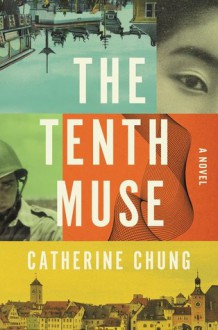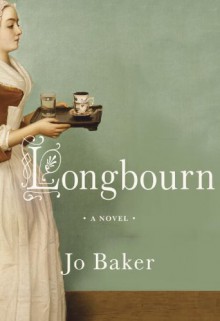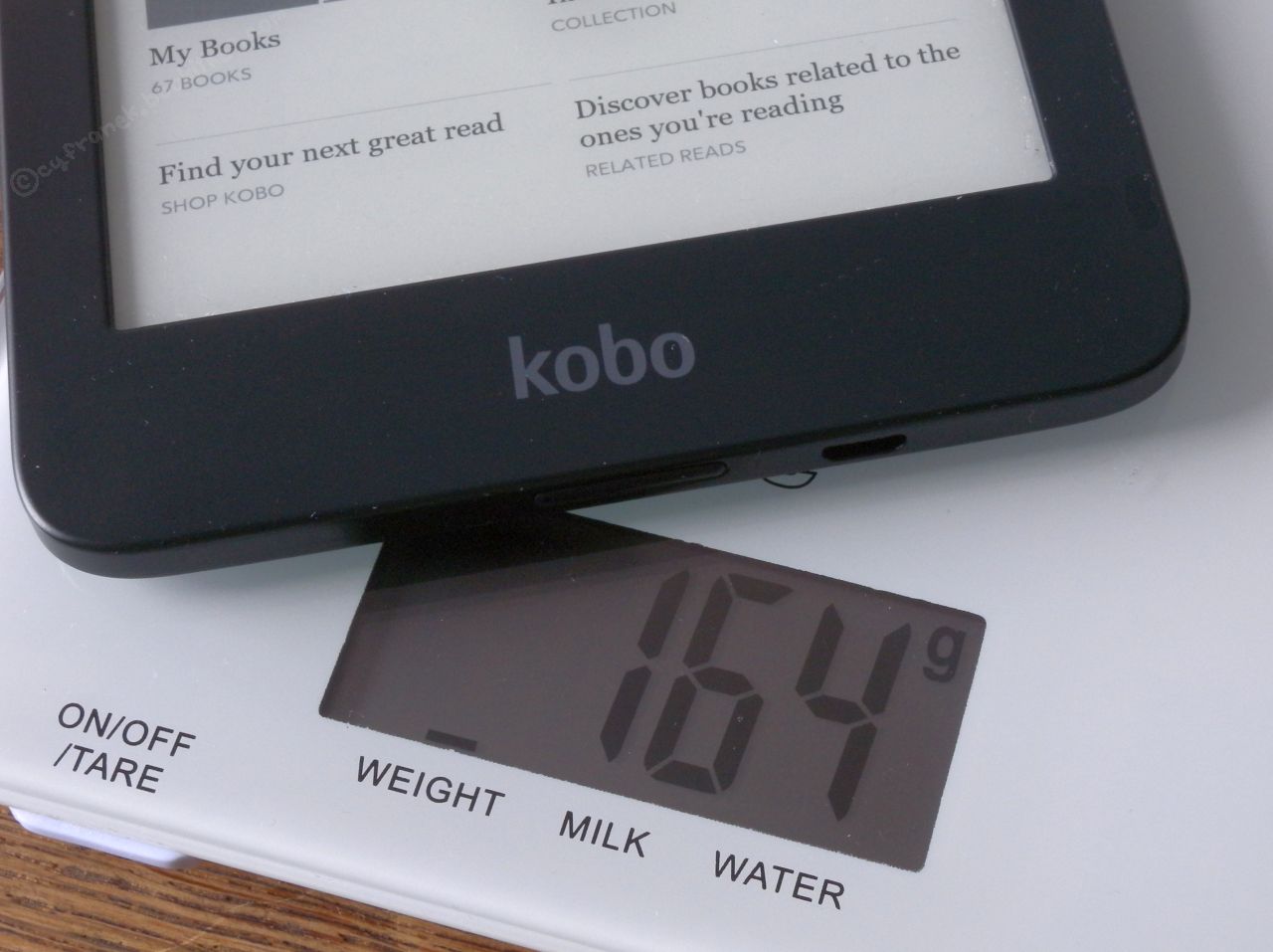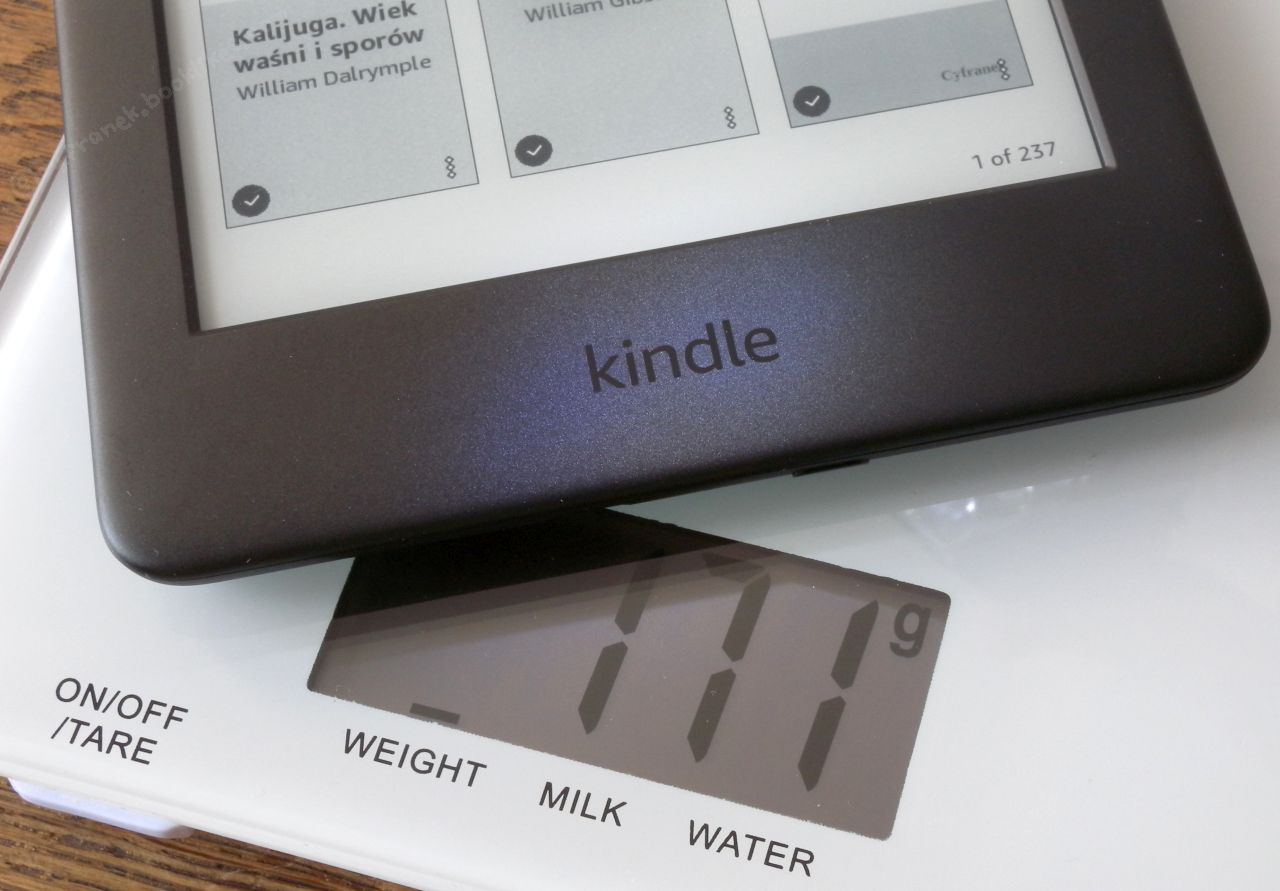
The Tenth Muse, Catherine Chung, author; Cassanda Campbell, narrator
This book is a fairly good representation of the books today that are being presented as literature when really they are treatises on liberal policies. Authors are chosen because of diversity and books are chosen for the progressive issues they put forth and support. American readers are slowly being brainwashed, I fear, to believe that everyone is oppressed for one reason or another.
In this book, a woman likens herself to the Tenth Muse of Greek Mythology. There were thought to be only nine, but the Tenth Muse disappeared from history because she did not want to be the inspiration for man, but rather wanted to be herself, her own inspiration, her own successful individual. She left her world to join the real world, and in every generation, there is a woman just like her, achieving and fighting for her rightful place.
In this book, Katherine, similarly named to the author although with a different first letter, is also of similar descent. Katherine is biracial. Her mother was Chinese, she believes. However, that myth is put to rest at the end of the book. Of course she is not only brilliant, she is magnificent looking and admired as she passes, although she believes she is being ogled and ridiculed, most often, for her different appearance and heritage.
This is not a man’s book. It is definitely geared to women who feel that life has cheated them in some way, that men have cheated them in some way.
The most interesting parts of the book are the pieces of history, the development of math theories (although many were way over my head like the Reimann hypothesis and the Hilbert’s eighth problem, the ferry riddle intrigued me), the Greek history of famous women like Hypatia whom I had never heard of, although her story ended badly, beaten to a pulp by an angry Christian mob. This fits in perfectly with today’s liberal effort to downplay religious fervor. The coverage of the Holocaust was used once again to show the positive side of women, the bravery of women, and other challenging moments illustrating the lack of women’s rights because of abusive males.
For the most part, however, this novel felt contrived to me. All the women who were exceptional were either “genderless” in the way they behaved and dressed or absolutely the top of the class and could pass for models. The novel did not feel as if it was representing the need for equality, but rather it was representing the need for superiority because women were, in most cases the brightest bulbs in the box presented. The men were weak and dishonest. The men used the women to get ahead at the expense of the women they pretended to inspire, love or appreciate.
Are the superlative reviews due to what seems like a progressive agenda expressed on every page? Katherine was not likable. She was arrogant and filled with an unjustified hubris. She did not seem to understand the meaning of humility and constantly expected to be praised and to be the smartest one in the class or lecture or whatever venue in which she appeared. Although she complained about lack of rights, she rose to the top without much effort. Life seemed to smile upon her. She seemed to take her own rude and cruel behavior very lightly while she slammed others for theirs. She was also portrayed as this naïve young girl, when someone who was so bright and so immersed in education could not have logically been that ignorant to the ways of the world around her. The reader is expected to sympathize with her plight because she is a woman and comes from a family of immigrants and she is of a different race.
Throughout the book, Katherine lamented her place in the world. She suffered. Men had it all. She showed no gratitude for any gifts that came her way, seemed unable to truly care about anyone above her own needs. At the very end, she seemed to begin to understand the definition of humility but for me, it came too late. She got where she did because of the good graces of many people, and fair or unfair, she showed no appreciation for her good fortune and did not seem to help others to achieve the same goal. She always blamed others for her own behavior and naivete. Yet we are supposed to believe she is very innocent as she sleeps with her advisors and professors who, of course, take advantage of her purity. In the end, she even wants to put her own needs before her best friend’s needs and loses her friendship too. She feels safer in Germany, in spite of what they did, than she did in America. This fits right in with the current progressive view that America is not on the side of good, but rather is evil.
The book covers racial discord, civil rights, anti-semitism immigration issues, homosexuality, gender issues, (even her female best friend has a name representing our modern definitions of sexual identity, she calls herself Henry which is not a feminine name).
The novel seems to pit the myth of Guan Yin vs the myth of The Tenth Muse. The Buddhist is selfless and genderless, wishes to serve others, a symbol of emptiness filled with compassion, and the unknown Greek Muse is self interested and independent, definitely female and definitely demanding her rightful place in the universe. The reader will have to decide which side of the coin they prefer or perhaps they will see that one way alone, is not the right way. There has to be some sort of compromise for fulfillment in life.
Perhaps my negative feelings about the book arose from the narrator’s reading which emphasized certain attributes of the character in ways I found disturbing. Still, rather than a literary endeavor, I thought the book descended into a romantic novel which fit into the category of Chick Lit. The story revolved around Katherine’s love life and feelings about men.


 Log in with Facebook
Log in with Facebook 
















